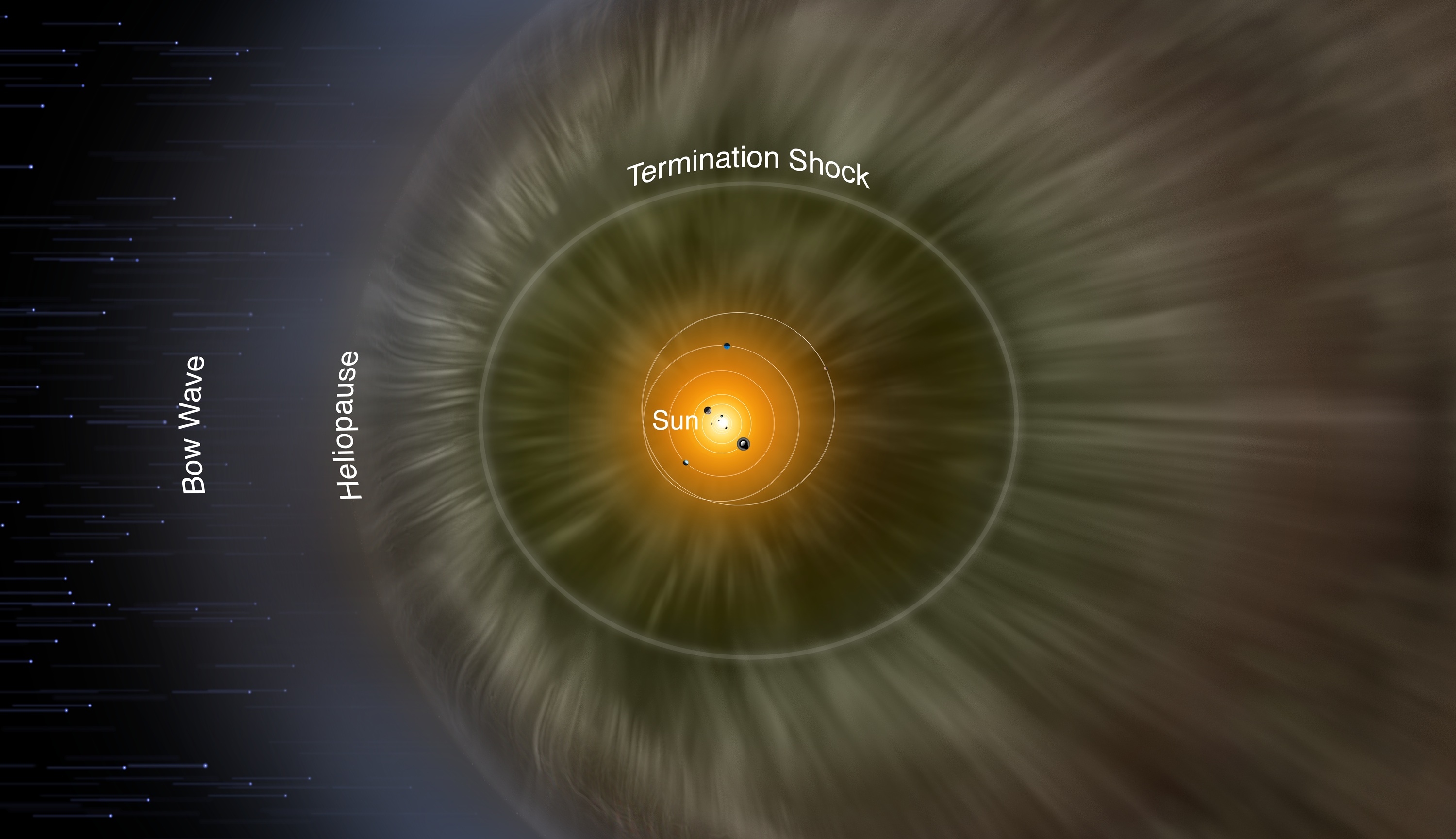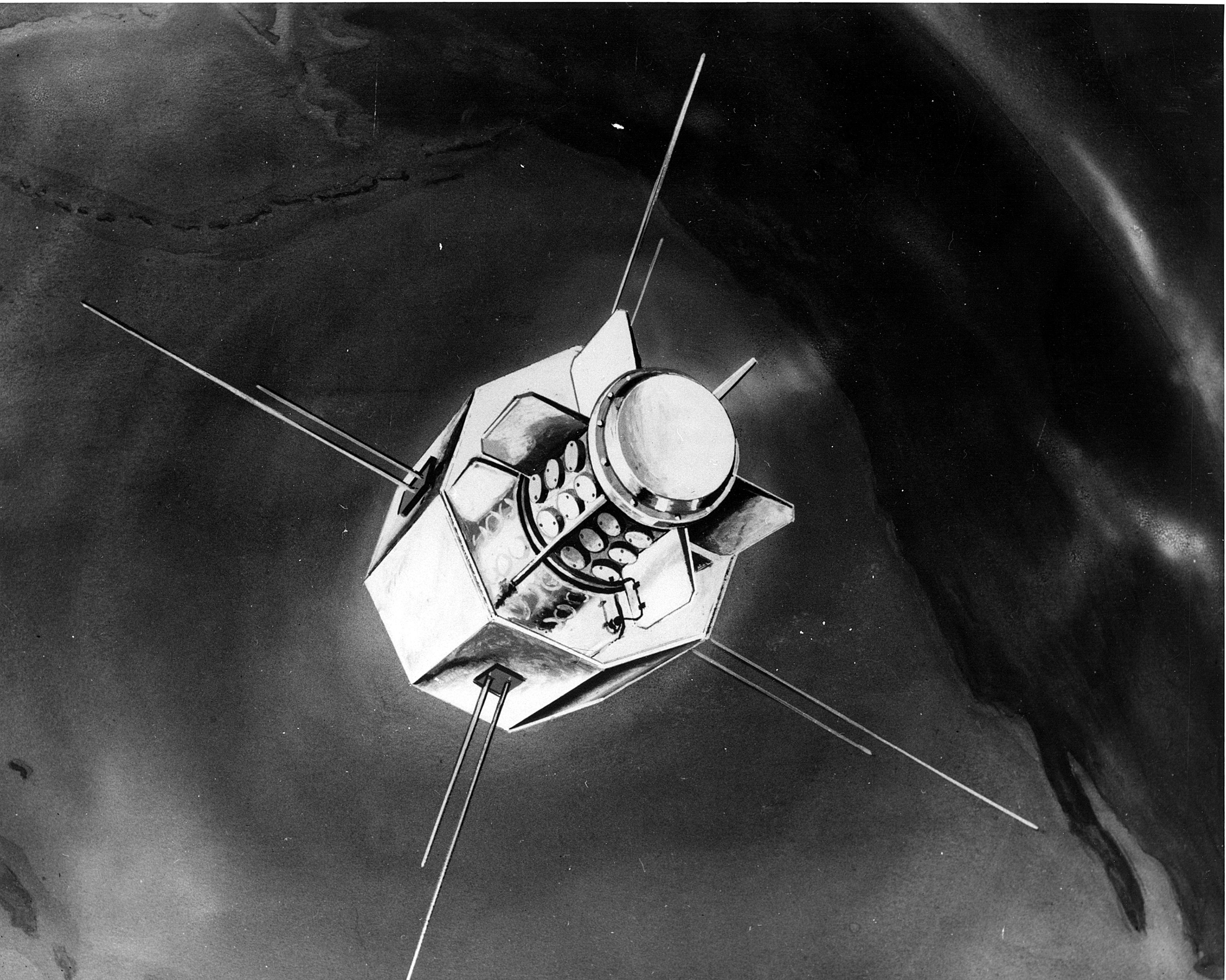At a Glance
- Earth passed through a dense interstellar cloud two million years ago, potentially influencing the planet’s climate.
- The interstellar cloud encounter disrupted the sun’s heliosphere, exposing Earth to increased cosmic rays and hydrogen atoms.
- The heliosphere, a protective shield from solar wind, was compressed, leaving Earth vulnerable to harmful radiation and atmospheric changes.
- Advanced computer models and geological evidence, including isotopes like 60Fe and 244Pu, support the theory of this cosmic event’s impact.
- The study highlights the potential for external cosmic factors to shape Earth’s climate and evolution, emphasizing the interconnectedness of our planet and the broader cosmic environment.
Earth experienced a dramatic encounter with an interstellar cloud two million years ago that may have influenced the planet’s climate. This revelation comes from a recent study published in Nature Astronomy by astrophysicist Merav Opher from Boston University and Harvard Radcliffe Institute. The study suggests that the solar system, including Earth, passed through a dense interstellar cloud, disrupting the sun’s protective heliosphere and exposing our planet to cosmic rays and hydrogen atoms.
The heliosphere, a shield of charged particles known as solar wind emanating from the sun, is crucial in protecting Earth from harmful radiation and galactic rays. Opher’s research indicates that the encounter with the interstellar cloud compressed the heliosphere, potentially leaving Earth and other planets vulnerable to cosmic influences. This event could have led to increased radiation exposure and altered atmospheric conditions on Earth.
Using advanced computer models and analyzing data from the Local Ribbon of Cold Clouds system, Opher and her team reconstructed the solar system’s position millions of years ago. The simulations revealed that the encounter with the dense cloud, particularly the Local Lynx of Cold Cloud, could have significantly impacted Earth by exposing it to high levels of neutral hydrogen and cosmic radiation. Geological evidence supporting this theory includes the presence of isotopes like 60Fe and 244Pu in various Earth materials from that period.
The study opens up new avenues for understanding how external factors, such as encounters with interstellar clouds, can shape Earth’s climate and evolution. Opher’s ongoing research aims to delve deeper into the effects of such cosmic encounters on Earth’s radiation levels, atmosphere, and long-term climate patterns. This groundbreaking study underscores the interconnectedness between our planet and the broader cosmic environment, shedding light on the intricate relationship between Earth’s history and celestial phenomena.
References
- Boston University. (2024, June 10). Astrophysicists calculate the likelihood that Earth was exposed to cold harsh interstellar clouds 2 million years ago. Phys.Org; Boston University. https://phys.org/news/2024-06-astrophysicists-likelihood-earth-exposed-cold.html
- Opher, M., Loeb, A., & Peek, J. E. G. (2024). A possible direct exposure of the Earth to the cold dense interstellar medium 2–3 Myr ago. Nature Astronomy, 1–8. https://doi.org/10.1038/s41550-024-02279-8











